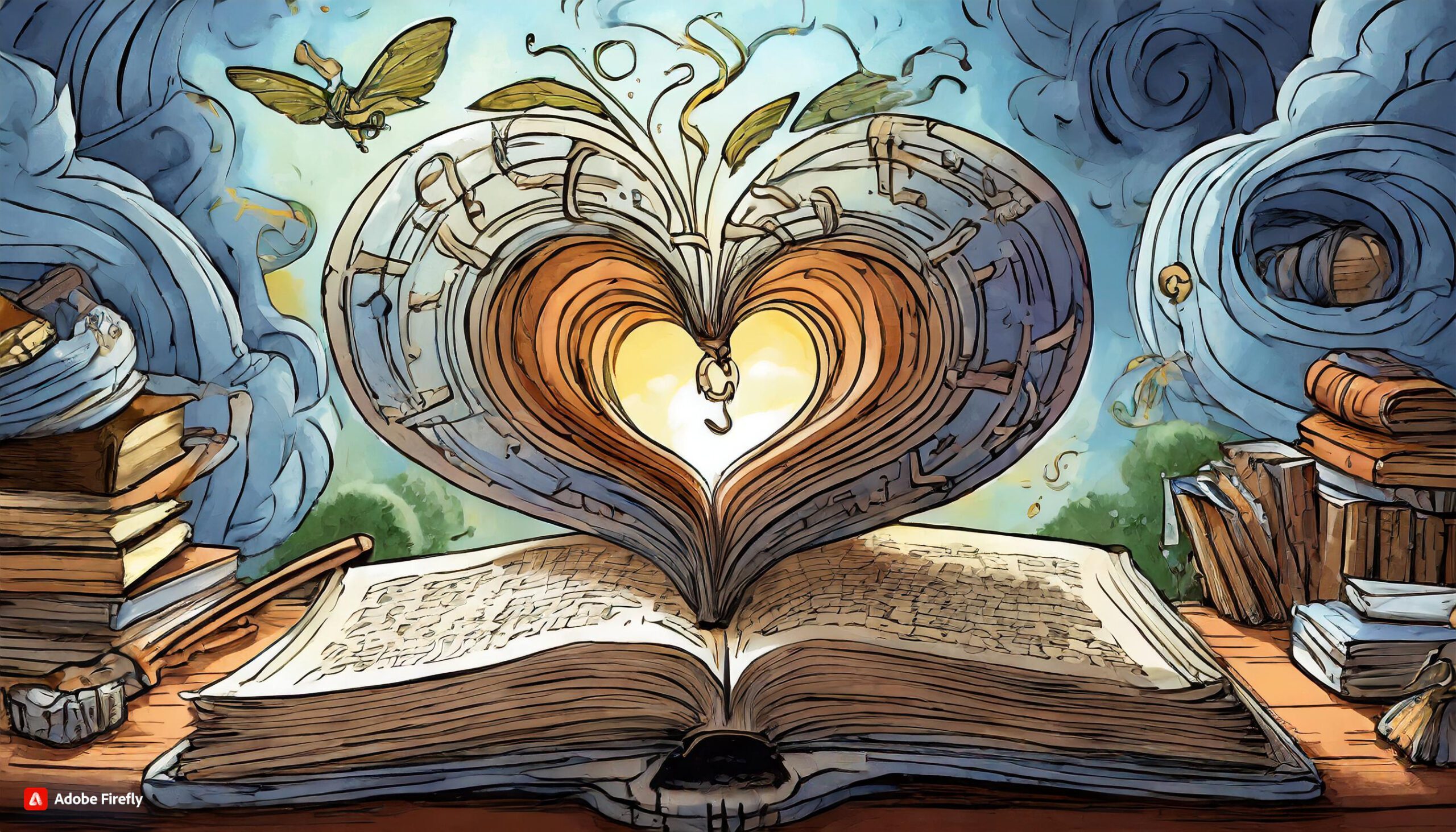Introduction:
In the intricate web of human civilization, two profound forces, culture and literature, stand as pillars, each with its unique contribution to the tapestry of human experience. “Unraveling the Difference Between Culture and Literature” is a journey into the heart of these defining elements, an exploration that seeks to dissect and appreciate the nuances that distinguish one from the other.
Culture, a kaleidoscope of shared beliefs, traditions, and social practices, forms the foundation upon which societies build their identities. From language and art to customs and rituals, culture is the invisible force that binds communities together, providing a collective sense of purpose and belonging. It is the living narrative of a people, a dynamic entity that evolves through time, shaped by historical events and societal shifts.
On the other side of this spectrum lies literature, a realm where words dance and ideas take flight. “Unraveling the Difference Between Culture and Literature” delves into the linguistic and artistic expressions that form the essence of literature. As a subset of culture, literature employs language as a vessel, carrying the thoughts, emotions, and imaginations of individuals across generations and cultures. Novels, poems, plays – these are the ink-stained canvases that capture the human condition, allowing us to traverse the corridors of time and minds.
Defining Culture:
Culture encompasses the shared beliefs, values, customs, traditions, and social practices that shape the identity of a particular group of people. It is a comprehensive term that encapsulates the way of life, language, religion, art, and social norms that a community collectively adheres to. Culture is the invisible thread that weaves together the tapestry of a society, providing individuals with a sense of belonging and a framework for understanding the world around them.
Key Elements of Culture:
1. Language: Language is a fundamental element of culture, serving as a medium for communication and a repository of shared knowledge and history.
2. Traditions and Customs: Rituals, ceremonies, and customary practices are integral to a culture, passed down through generations and embodying the collective identity of a community.
3. Art and Aesthetics: Visual arts, music, dance, and other forms of creative expression reflect the cultural values and aesthetics of a society.
4. Religion and Beliefs: Cultural beliefs and religious practices often intertwine, shaping moral codes, ethical standards, and the worldview of a community.
Defining Literature:
Literature, on the other hand, is a subset of culture that involves the written, spoken, or sung expression of ideas, emotions, and experiences. It is a form of artistic communication that transcends time and space, allowing individuals to engage with the thoughts and imaginings of others across different eras and cultures. Literature encompasses a wide range of genres, including poetry, prose, drama, and non-fiction, each providing a unique lens through which to explore the human condition.
Key Elements of Literature:
1. Language and Style: Literature is characterized by its use of language as a tool for artistic expression. The style of writing, including word choice, tone, and structure, contributes to the overall aesthetic of a literary work.
2. Narrative Forms: Literature adopts various narrative forms, such as novels, short stories, plays, and poems, each offering a distinct mode of storytelling and artistic representation.
3. Themes and Motifs: Literary works often explore universal themes and motifs that resonate across cultures, delving into the complexities of human existence, relationships, morality, and societal issues.
4. Cultural Context: While literature is a product of culture, it also serves as a reflection of the cultural context in which it is created. It captures the zeitgeist of a society, offering insights into its values, struggles, and aspirations.
Distinguishing Culture and Literature:
1. Scope and Inclusivity: Culture encompasses a broader spectrum of shared practices and beliefs, while literature is a specific subset that involves artistic expression through written or spoken language.
2. Medium of Expression: Culture finds expression through various mediums, including language, rituals, and visual arts. Literature, in contrast, specifically employs language as its primary medium.
3. Temporal Dimension: Culture is dynamic and evolves over time, influenced by historical events and societal changes. Literature, however, has a timeless quality, allowing it to transcend temporal boundaries and resonate across generations.
4. Individual vs. Collective Expression: Culture is a collective phenomenon that encompasses the shared identity of a group, whereas literature often emerges from the individual creative expression of authors, reflecting their unique perspectives.
Conclusion:
In essence, while culture and literature are interconnected, they represent different dimensions of human expression. Culture forms the bedrock of societal identity, shaping the way people live, interact, and perceive the world. Literature, as a subset of culture, captures the essence of human experience through artistic and linguistic expression. By understanding the distinctions between culture and literature, we gain a deeper appreciation for the rich tapestry of human civilization, where diverse cultures and literary works coalesce to form the mosaic of human existence.






